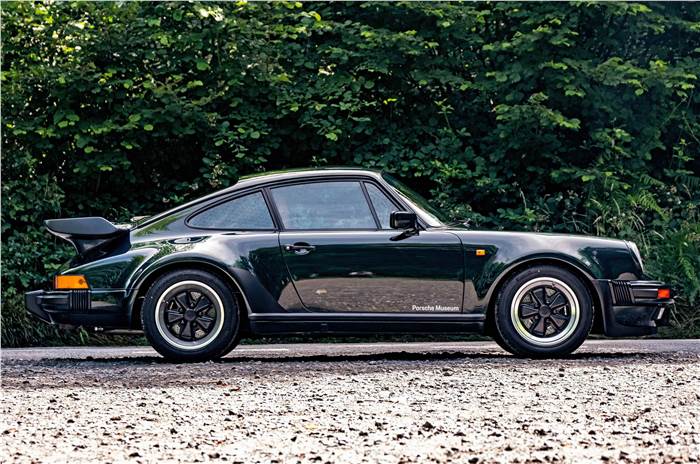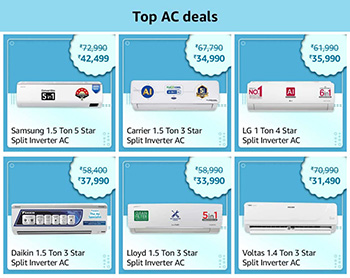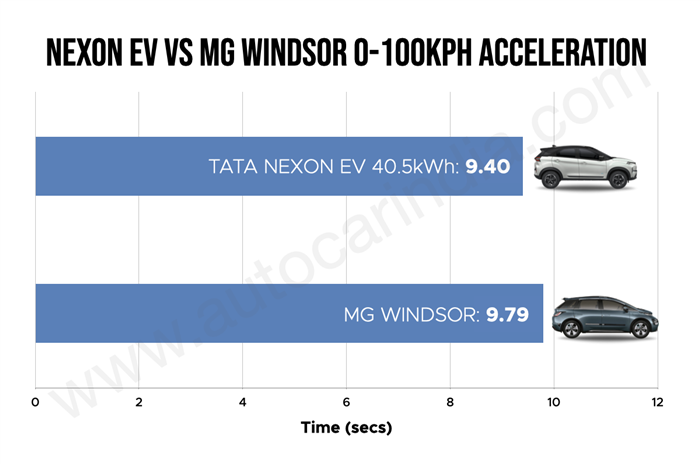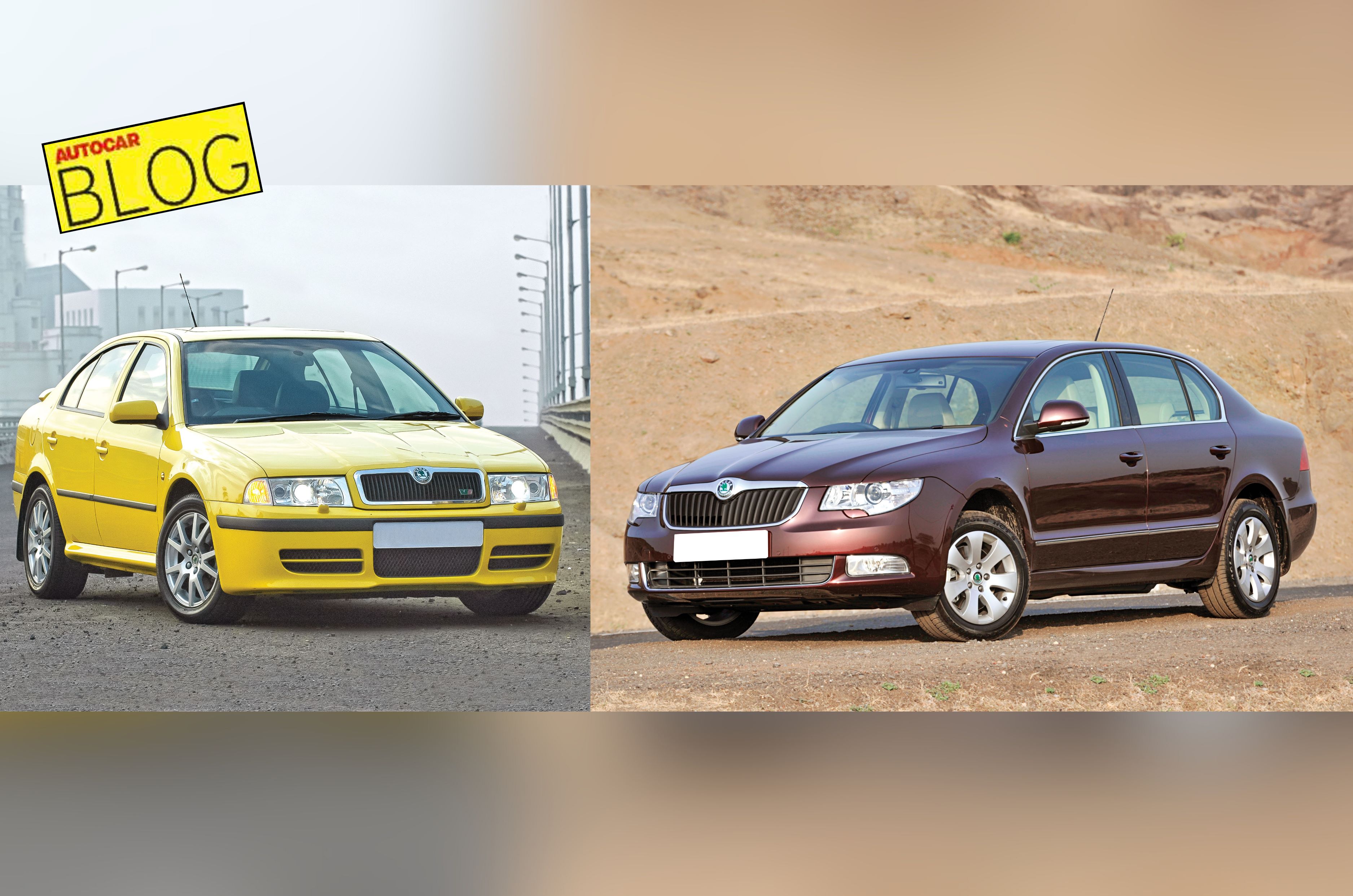Porsche created a legend when it launched the OG ‘Turbo’. We take a close look at every single generation of the 911 Turbo sold in India.
Icons don’t get more iconic than this. It’s not just a Porsche, and it’s not just a 911; it’s a 911 Turbo. The original rocketship, the 911 Turbo, was a car born out of Porsche’s motorsport success and the desire to compete at the top with the big boys. The Turbo’s journey started 50 years ago, and we have gathered all three generations sold in India – the 997, the 991 and the 992 – to celebrate. We also have impressions and information on three of the early icons. But where did the story of the Turbo really begin?
Racing genes
You can say the story of the 911 Turbo starts as far back as the summer of 1970. Porsche had just won the 24 Hours of Le Mans for the first time and was testing an engine with an exhaust gas turbocharger for the Can-Am series. This was because the 917, with ‘just’ 580hp from its 4.5-litre flat-12, needed much more power to contend for wins in the Can-Am series.
Is there a more iconic silhouette than the Coke-bottle-shaped 930?
So, on the initiative of Ferdinand Piëch (grandson of Ferdinand Porsche), then head of development and racing, Porsche started testing engines with turbos. This brought in another Porsche legend: engine designer Hans Mezger, who, along with Piëch and head of racing engine development Valentin Schäffer, got to work on an insanely powerful and light turbo flat-12 racing engine. While the engine made a massive 850hp and was compact and light, Schäffer struggled to make it responsive, eventually designing a wastegate to help limit and thus smoothen boost. The final Can-Am engines for the 917 eventually put out upwards of 1,200hp. Needless to say, Porsche dominated the series and became an expert at turbocharging. By 1972 or 73, Porsche had matured the technology enough to think about introducing it on its road cars and thus was born the legendary 930, a turbocharged-only series of the 911.
So, what’s a 911 turbo?
First up, let’s be clear: a 911 Turbo isn’t just a turbocharged 911; it’s THE turbocharged 911. Part of the blame for the confusion lies with Porsche. Today, all manner of cars get the Turbo badge – Panamera, Cayenne, and even EVs like the Taycan and Macan. What’s more, even the base 911 Carrera is turbocharged these days, adding further confusion. The range-topping Turbo (for which we’ll use an uppercase T), however, started with the 930.
.jpg&c=0&w=700)
What makes the Turbo so alluring is that it is the car that can do practically everything. It can deliver supercar performance but is also as easy to use every day as a regular 911. It’s comfortable enough, surprisingly practical, built with the best tech and materials, and can even carry a fair amount of luggage.
What helps make the Turbo so devastatingly quick is its combination of lightweight, high horsepower and, importantly, high torque. Porsche always knew how to do lightweight. This is especially true of the earlier rear-wheel-drive models. The addition of a front-driven axle, transfer case, and additional safety measures, along with the car’s increasing size, has meant the weight has crept up from 1,140kg to 1,630kg over the years. What has also kept up, however, is the power, which has swollen from 260hp to 580hp, and torque, which has increased from 350Nm to 750Nm. Also remember, the Turbo S versions of later models got even more power. What allows the 911 Turbo to deploy all that power successfully is that the engine’s weight is squatted over the rear wheels.
India’s first turbo
The 997 was the first Turbo to be officially imported into India, with sales starting somewhere around October 2007. We know this because that’s when the model entered our listing in the Buyer’s Guide.
.jpg&c=0&w=700)
Clockwise: wide rear tyres, curvy hips and a big rear spoiler; all for extra grip; 997.1 Turbo uses the famous Mezger flat-six unit; all important information is clustered together;
I got my first and unforgettable taste of the facelifted car (997.2), designed to take on and beat the Nissan GT-R, when I went for the official global test drive back in 2009. The car created such an impression on me that the Turbo has been one of my favourites ever since. One of the highlights of that drive was deploying the launch control at the Estoril F1 track. The car did a VBOX timing gear-verified 0-100kph in 3.2 seconds! The official time for this Turbo was 3.4 seconds. That’s not all; 200kph during that run came up in an unreal 10.94 seconds.
The blue 997 we have here, however, is the 997.1, the one that still ran the 480hp Mezger turbo engine. Almost impossible to identify from the outside, apart from the LED lamps, this car comes with a Porsche-made 5-speed automatic, which, in today’s day and age, proves to be something of a limiting factor. Gearbox apart, however, this 997 is a real eye-opener.
.jpg&c=0&w=700)
997 Turbo still has a very punchy mid-range, even 15 or so years later. The Mezger engine is bulletproof, too.
The smaller chassis feels compact and sportier than the substantially larger 911s we have today, and because it is lighter, the performance also feels surprisingly explosive when the boost comes in. This certainly doesn’t feel like a 17-year-old car. Put your foot down, and with the four wheels pulling in a corner, handling does get a bit one-dimensional and wooden. The agility off-throttle differs considerably from when the power is put down. No wonder Porsche built much more agility into the 997.2. And I just love how all the controls feel solid and very German; everything works with a mechanical, built-to-last ‘click-clack’.
Enter the 991
This is the Turbo that took the word ‘ballistic’ and rewrote it in capital letters. The bi-turbo six-cylinder engine now produced 520hp, achieved by modifying the intake in the cylinder head, fitting new injection nozzles and increasing fuel pressure. Even crazier was the Turbo S, which, thanks to a new turbocharger and a larger compressor in the 991.2, put out 580hp. Sure, the car needed more stability, and Porsche complied by building the car on an all-new platform that had a 100mm longer wheelbase. To make it more agile, it got rear-axle steering (to offset the effect of the longer wheelbase), active aero, active roll compensation, and an improved torque vectoring system.
.jpg&c=0&w=700)
(Clockwise): 991 had Porsche 911 added to the ‘turbo’ badge at the rear; new wide body meant front fenders were not as flared; the 991 is much larger, has a 100mm longer wheelbase.
Driving one of the early cars at our track day highlighted the exceptional performance and traction of the car. It was one of the fastest cars tested at the Chennai track in terms of straight-line speed, and it just blew us away despite being substantially bigger and heavier than the previous 997 Turbo. However, driving it around the track also highlighted another trait: a relative lack of the typical 911 dynamism. Sure, it was a fast and precise tool with plenty of grip, but it wasn’t as adjustable as earlier Turbos. This is something we found even when we drove it on good roads at the time. It’s a shame we couldn’t drive this black 991.1 and get a back-to-back impression; unfortunately, that was down to a particular issue with this car that was not in our control.
Hello hypercar
Driving the new 992 Turbo S at the CoASTT track in Coimbatore, with its fast corners, big elevation changes and challenging transitions, showed me just how good Porsche is at elevating and improving a car. We’ve seen this several times over the years, be it with the Cayenne, Panamera, Boxster, or even the Macan.
.jpg&c=0&w=700)
(Clockwise): The 992 Turbo’s performance is now in hypercar territory; the rear wing is more compact, but also more effective; the stubby gear selector is not to everyone’s taste.
This clearly is a car that’s better in every way. And I’m not just talking about the extra performance. The engine itself feels so much happier to rev hard and so much sharper at the top end, something that’s difficult to achieve in a turbocharged engine. Upshifts now feel lightning quick, and the car as a whole feels so much more cohesive and happy to change direction. It’s no GT3 RS; we drove the two back-to-back, and it feels nowhere near as sharp, grippy, or adjustable. But that stodgy, heavy-footed demeanour of the 991? Poof, it’s gone!
Porsche did have to put the shoulder to the wheel to achieve this. The front end was made a huge six percent wider, the steering is six percent faster, and to help the various systems make the car feel more agile, the car gets a staggered setup – 20- and 21-inch rims at the front and rear, respectively.
.jpg&c=0&w=700)
The 992 Turbo has everything; power, performance, and typically 911 agility.
With 650hp under your right foot, the 992 Turbo S also has the power to hurl you towards the horizon like few others. While the claimed 0-100kph time is a mere 2.7 seconds, which makes it almost superbike quick, the car has been timed doing a 2.5-second run several times. Part of this is down to the new engine in the back that uses piezo injectors and puts out a serious 800Nm of torque to help negate the car’s weight. Driving the car for a couple of days in the city also proved just how usable the Turbo is. Sure, it doesn’t ride like a limo and gets a bit jiggly over bad patches, but it isn’t fundamentally uncomfortable and even gets a lift system, which is always a help. The only 911 Turbo you can buy today is the 50-year edition, which, at Rs 4.05 crore, costs quite a packet. But if you can afford it, why just buy a car when you can buy a legend?
911 Turbo: Where it all began
Fifty years ago, Porsche bolted an ‘ein Turbolader’ to the 911. Richard Lane drives three of the best. Porsche’s early 911 turbos were cars with tremendous character due to the manner in which they made power. The palpable effect of turbo boost, sadly absent in more recent 911 Turbos, lends these older cars much more character. Here are three of the best.
930 series
The first 911 turbo, or ‘Ur’ (as the original is called in Germany), was born in 1974. Porsche took on the large 12-cylinder Italian exotics of the time by fitting a KKK turbo to an RS 3.0 flat-six.
.jpg&c=0&w=700)
3.3-litre 930 was the first car to get an intercooler.
The 930, with its iconic Coke bottle shape, deliciously flared wheel arches and big rear spoiler, marks it out as something special. In 1974, the turbo could do 0-100kph in 5.4 seconds and over 250 kph! The 930 borrowed rigid wheel hubs from the 917 Le Mans racer and front and rear axle kinematics from the 911 Carrera RSR. Later, the Gen 2 930s, like the car here, came with a large 3.3-litre engine, the world’s first intercooler, and power uprated to 300hp.
.jpg&c=0&w=700)
The 930 shape was form following function, but boy oh boy, did it work!
On the move, the 3.3-litre 930 is endlessly engaging and mechanically intricate in feel. The engine may be something of a relic, but it’s not a cantankerous one (as you may have been led to believe), and the chassis is gloriously transparent. Lightness clearly helps. At roughly 1,200kg, it’s a featherweight, and when you put your foot down, you get a saw-toothed, high-rev rasp of the 930’s flat-six unit. To hell with the comparatively tiny power band, this engine has an industrial, animal edge to it. Power later went up to 360hp on the 964 Series (not featured here), with the engine capacity increased to 3.6 litres. What’s interesting is that despite a similar look, 85 percent of the parts were all-new on the 964.
993 series
For Gen Xers, the curvy 993-gen Turbo is now even more sought after. This evocative 911 uses a race-style setup with small, responsive turbos – one for each bank, puffing in parallel, rather than the sequential arrangement of the later, sci-fi-sourced 959. The 993 Turbo was also the car that brought about a self-imposed law at Zuffenhausen. Anything exceeding 400bhp (405hp) would need four-wheel drive. That rule didn’t last long, but it shows what a monster its maker considered the 993 to be.
.jpg&c=0&w=700)
The 993 turbo was the last of the air-cooled cars.
While 408bhp (413hp) sounds tame in 2024, believe me, it isn’t. Though easier to modulate than the older car, this engine is fanatically ‘boosty’, and the way it flings the diminutive 993 body down a country road is gold.
.jpg&c=0&w=700)
The 993 cabin and instrument panel look especially inviting today.
996 series
Of the three, loyalty to my teenage self dictates that my own affections lean 996-wards to the giant slayer. There is perhaps something a touch apologetic in this car’s demeanour compared to other iterations of the Turbo and, as the first of the water-cooled cars, it also goes without the old-school 911 fan whine.
What makes it stand out is that the 996 Turbo packs a legendary motor. Not that you would know it at first. It fires quickly and quietly, and it isn’t exactly effusive, delivering a breathy wall of sound.
.jpg&c=0&w=700)
996 headlights, known as ‘runny eggs’ when they have orange indicators inside, make type easy to identify.
This engine’s specialness resides in the fact that it was designed to help with motorsport homologation. A turbocharged version of the dry-sumped, GT1-style flat-six earmarked for the racing 911s, it is an engine tough enough for motorsport, with even links to the 962. Porsche geeks would call it a real ‘Mezger’ engine, named after powerplant supremo Hans Mezger.
There’s something undeniably special about having such an engine secreted away behind you. The monolithic, pneumatic torque of the 996’s GT1-derived motor is perhaps the most impressive outright, with VarioCam Plus giving the delivery linearity and a high compression ratio providing fine throttle response, even by today’s standards.
.jpg&c=0&w=700)
The 996 was powered by the Mezger race engine, which was used to help homologate it.
The body-in-white is several times stiffer than its predecessor’s, which helps the 996 feel more modern, and there’s still the gentle, organic heft in the steering, which disappeared when Porsche switched to purely electric in 2011. Whatever the conditions, a 996 feels easier to travel supersonically in than anything else on four wheels – except, perhaps, a later 911 Turbo.
| 911 Turbo generations | |||||||||||
|---|---|---|---|---|---|---|---|---|---|---|---|
| Type | 930 Turbo 3.0 | 930 Turbo 3.3 | 964 Turbo 3.3 | 964 Turbo 3.6 | 993 Turbo | 996 Turbo | 997.1 Turbo | 997.2 Turbo | 991.1 Turbo | 991.1 Turbo | 992.1 Turbo |
| Period built | 1974-1977 | 1977-1990 | 1991-1993 | 1993-1995 | 1995-1998 | 2000-2006 | 2006-2009 | 2009-2012 | 2013-2015 | 2016-2019 | 2020-present |
| Production | 2,850 | 17,792 | 3,871 | 1,437 | 6,015 | 20,499 | 21,725 | 5,053 | 4,268 | 4,010 | NA |
| Power output (hp) | 260 | 300 | 320 | 360 | 408 | 420 | 480 | 500 | 520 | 540 | 580 |
| Displacement (cc) | 2993 | 3299 | 3299 | 3600 | 3600 | 3600 | 3600 | 3800 | 3800 | 3800 | 3754 |
| Torque (Nm) | 350 | 412 | 450 | 520 | 540 | 560 | 620 | 650 | 660 | 660 | 750 |
| Top speed (kph) | Over 250 | Over 260 | 270 | 280 | 293 | 305 | 310 | 312 | 315 | 320 | 320 |
| 0-100kph | 5.5s | 5.4s | 5s | 4.8s | 4.5s | 4.2s | 3.9s | 3.7s | 3.4s | 3s | 2.8s |
| Price (in Rs) | NA | NA | NA | NA | NA | NA | 1.56Cr | 1.56Cr | 2.10Cr | 2.21Cr | 3.08Cr |
Also, see:
2024 Icons of Porsche festival experience: Dialled up to 911











